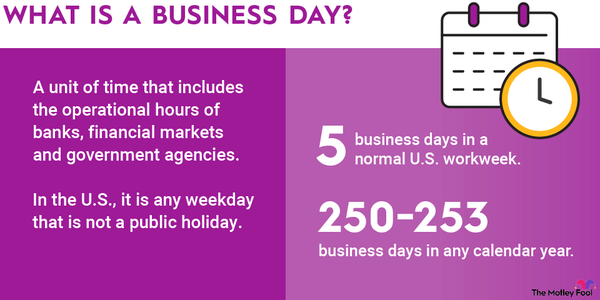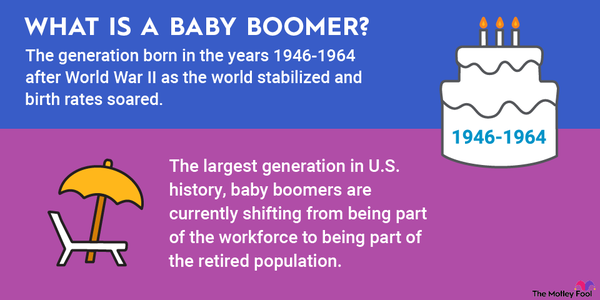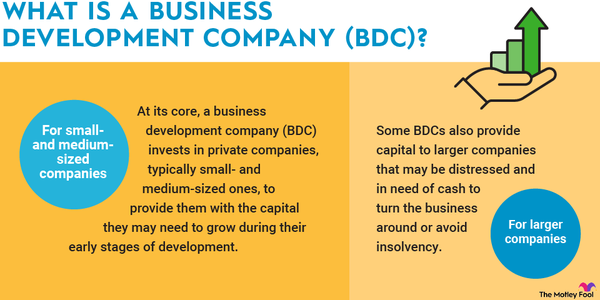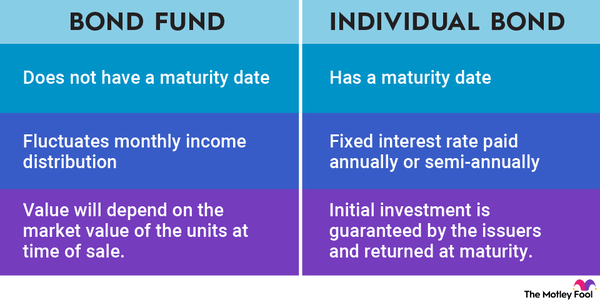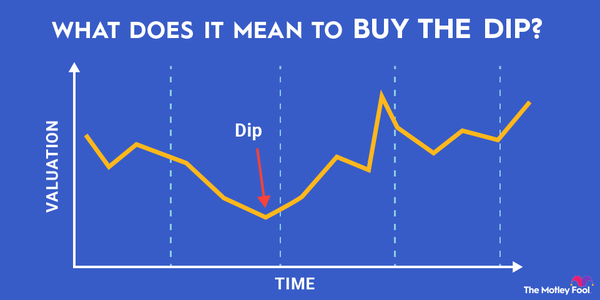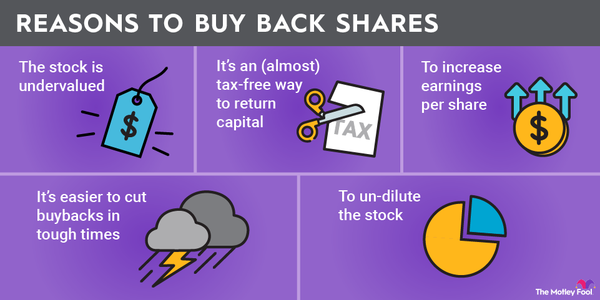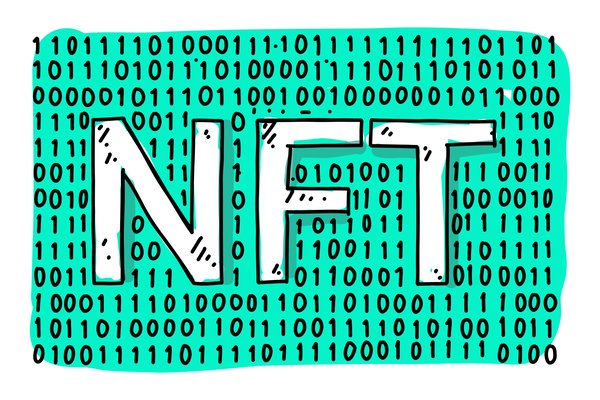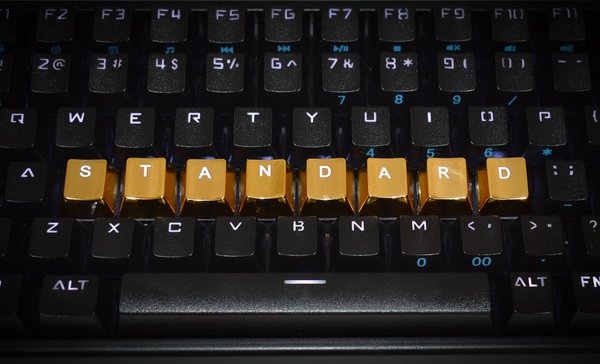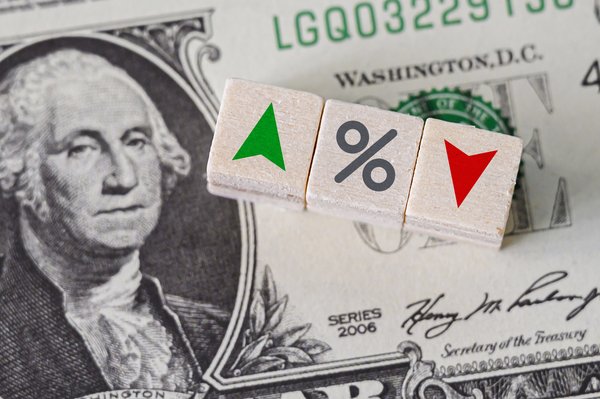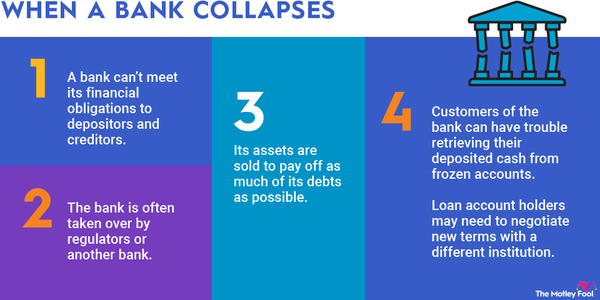There are plenty of different options strategies, all of which serve different purposes. One popular strategy is known as the butterfly spread, which essentially lets traders bet on or against a stock's volatility over a certain period of time. Here's how they work.

What is a butterfly spread
Understanding butterfly spreads
Butterfly spreads come in a few different varieties, and their name is derived from the shape of the profit-loss diagram they create.
There are two main types of butterfly spreads. There is the long butterfly spread, or long call butterfly spread, which can be constructed by trading the following four call options:
- Buying one in-the-money call option at a low strike price.
- Buying one out-of-the-money call option at a relatively high strike price.
- Selling two at-the-money call options.
On the other hand, a short butterfly spread is constructed in largely the same way -- simply swap the words "buying" and "selling" in the above description. So, a short butterfly spread would look like this:
- Selling one in-the-money call option at a low strike price.
- Selling one out-of-the-money call option at a relatively high strike price.
- Buying two at-the-money call options.
Why they are useful
Why butterfly spreads are useful in options trading
In a nutshell, butterfly spreads are useful when you think a stock will be more or less volatile than the market seems to think.
With a long butterfly spread, the maximum profit is right in the middle -- that is, you'll make the most money if the stock's price finishes at the strike price of the at-the-money options. You'll lose money if the stock's price falls or rises by more than a certain amount.
On the other hand, with a short butterfly spread, the maximum profit is at the extremes. In other words, you'll make the most money if the stock ends lower than the lowest strike price in the butterfly spread or higher than the highest strike price. You'll lose money if the stock either stays where it is or doesn't move much.
How to use them
How butterfly spreads can be good strategies to use
Essentially, butterfly spreads can be useful in situations where you think a stock's volatility is going to either be especially low or especially high.
A long butterfly spread is designed to profit when a stock doesn't move much at all. You'll make the most money if it ends up at exactly the at-the-money call price at expiration and will lose money if it moves too far in either direction.
On the other hand, a short butterfly spread is designed to profit when a stock moves significantly away from the at-the-money price when the trade is placed and makes the most money if it finishes lower than the low strike price or higher than the highest strike price in the trade.
Related investing topics
Example of a butterfly spread
Example of a butterfly spread in the real world
Let's say that I think Apple (AAPL 2.04%) stock is going to stay roughly the same price for the next month or so, and I decide to create a long butterfly spread. As of this writing, Apple stock trades for about $173 per share, so I might set up a butterfly spread like this (option prices as of April 15, 2024 for contracts expiring May 17, 2024):
- Buy one May $140 call option for $34.00.
- Buy one May $200 call option for $0.27.
- Sell two May $175 call options for a total of $5.05 (Note: This is the closest strike to the current stock price.)
The total cost to set up this trade (remember to multiply everything by 100 shares per contract) is $2,417. Here's how the mathematics work:
- Maximum profit of $1,083 would be achieved if Apple is exactly $175 at expiration.
- I would make a profit on the trade if Apple ended between $164.16 and $185.82 per share at expiration.
- Above and below these points, I would gradually lose money. Maximum losses would occur at $140 or below, or $200 or higher.













